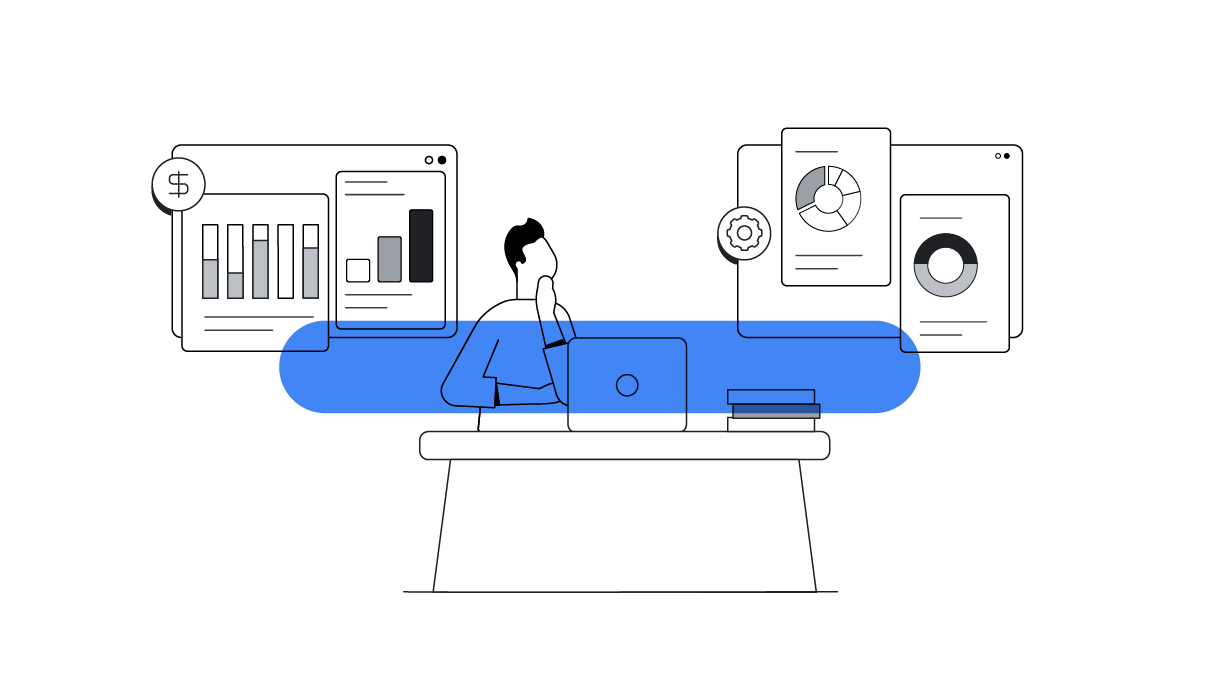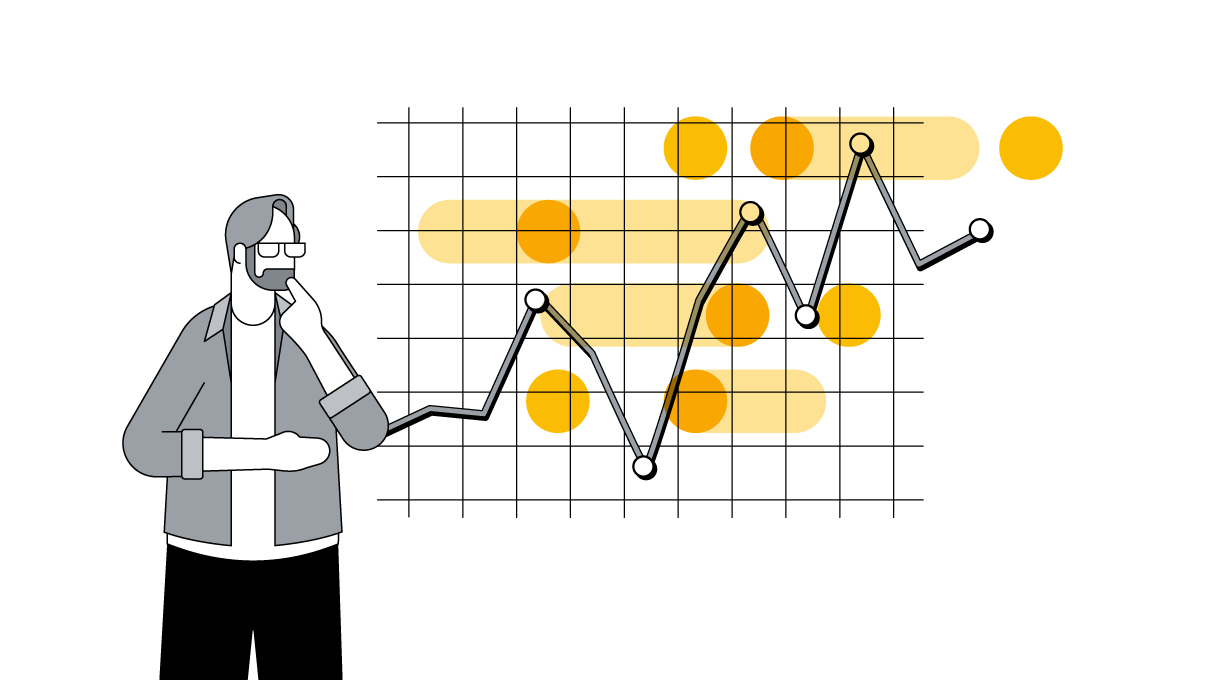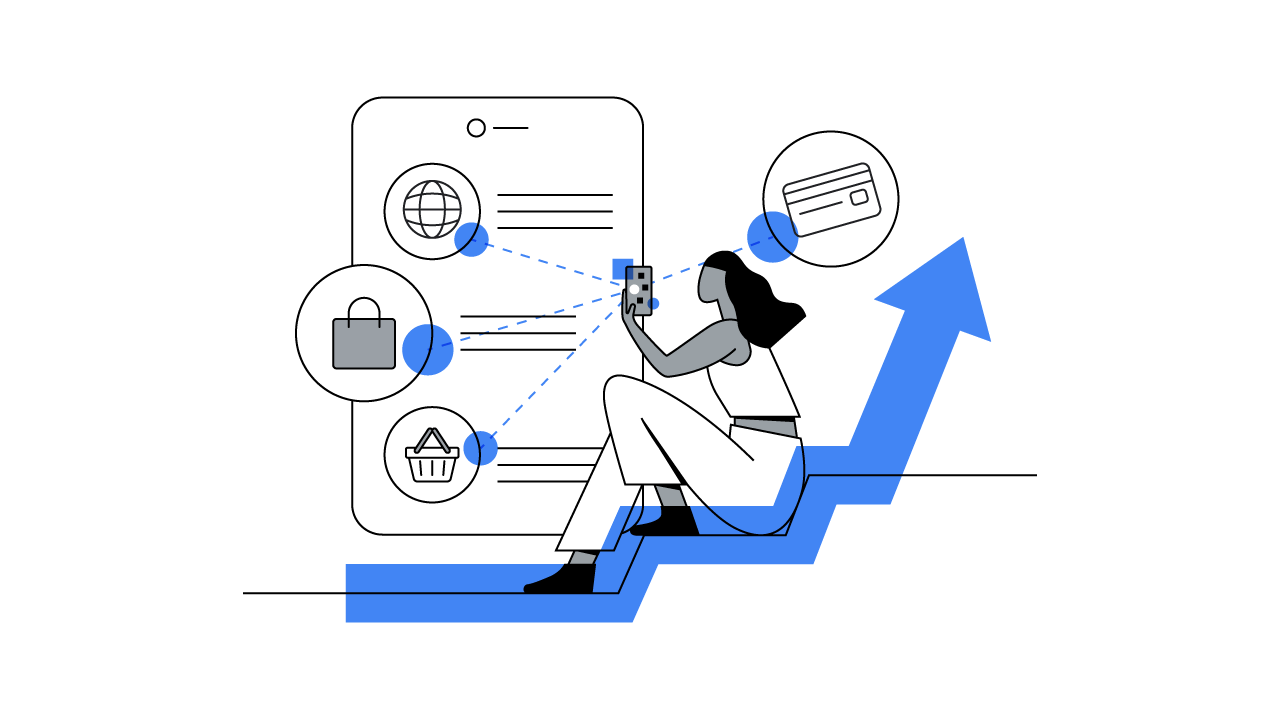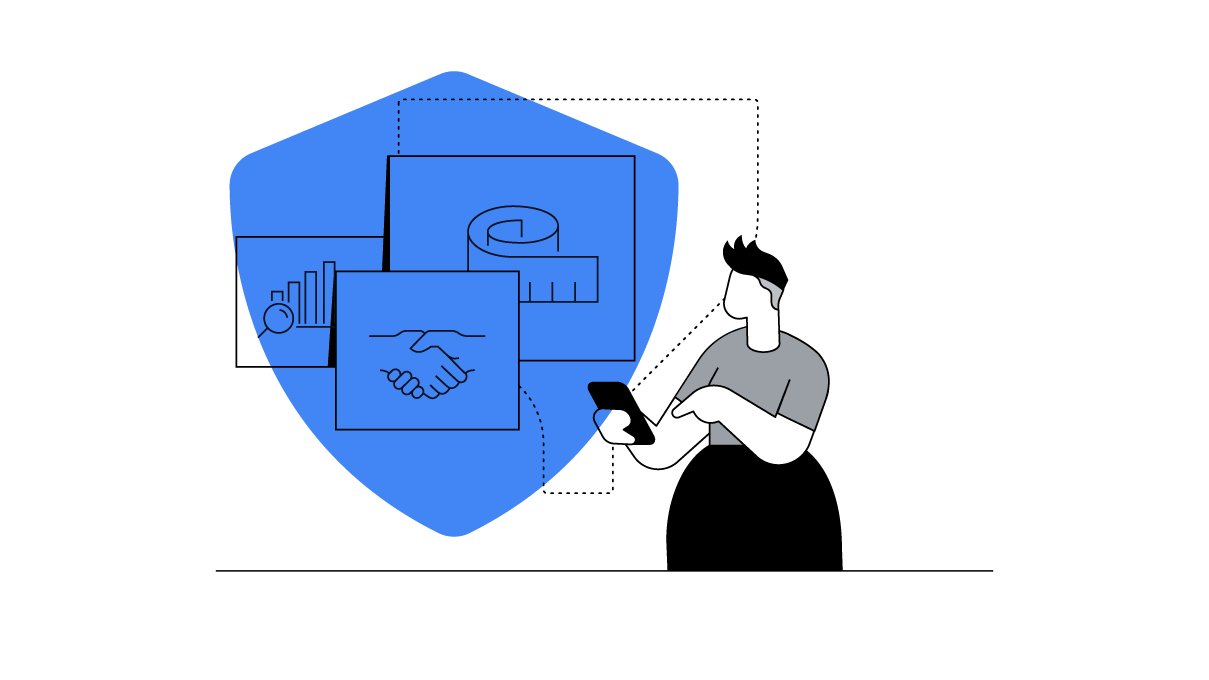
Simon Kahn, Chief Marketing Officer of Google APAC, is a strong advocate for AI adoption and committed to building a culture of innovation and experimentation within Google's marketing teams.
I recently stumbled upon an image of rice fields by a river and turned to Bard for help identifying the location. Using Google Lens, Bard pinned the spot down as Trang An, a UNESCO World Heritage Site in Vietnam. That wasn’t all.
Bard also tapped into its integration with Google apps and services like Google Maps, and provided a five-day itinerary, sparking inspiration for my next vacation. This is just one example of how AI can extend possibilities — in leisure and work.
As I reflect on 2023, one thing is clear: AI has been transformative. Making this technology accessible to people and businesses is central to advancing Google’s mission as a company, especially in APAC, which has been a thriving testbed for generative AI. From sharing our approach to AI to building experiments like Bard and Search Generative Experience, and improving our offerings through models like Gemini, we’re committed to building resources and knowledge that help everyone benefit from the transformative technology.
As marketers, the developments present an exciting opportunity for us to consider: How can we use AI to power our work? On this, I’m guided by our marketing principles of “Be Human,” “Be Open,” and “Be Bold” in a way that “Make(s) it Matter.”
“Being Human” speaks to our unique capacity for understanding and empathy as people. It’s why we’re able to connect with others by building bonds and a sense of belonging. And this intangible quality must continue to define how we work, no matter how sophisticated technology becomes.
As for our other principles, AI has the potential to transform how they are applied. With AI, we can amplify our marketing approach with bold, imaginative ideas, open up connections with people around the world, and optimise our work for maximum impact to make our efforts truly matter.
So, my resolution for 2024 is to tap into AI’s potential to amplify how we “Be Bold,” “Be Open,” and “Make it Matter” as a marketing team.
AI enables marketers to “Be Bold” beyond imagination
Curiosity is the driving force behind bold behaviours of test, learn, and iterate. Combined with AI, this inquisitive spirit can propel creativity and transcend the boundaries of our imagination.
With generative AI, marketers now have a rapidly expanding set of tools they can use to revolutionise their marketing. From conceptualising new ideas to content creation and audience engagement, the possibilities are endless. We've experienced firsthand how AI can spark unexpected but delightful outcomes.
In preparing for the Pixel launch this year and the anticipated surge in customer interest requiring real-time responses, our global marketing team experimented with the PaLM API to generate social replies for the Pixel campaign. We provided prompts to the AI model on anticipated user comments and it produced hundreds of replies. Most weren’t amazing, some could’ve been great with a bit of editing, and a few stood out right away.
For example, in a reply to a user whose response about switching to a Pixel phone was “No regrets,” PaLM’s quip was “That's the right number of regrets” – a brilliant response that I wish I’d come up with myself.
Looking ahead, I’m excited about seeing more such examples where marketers use AI tools for creative explorations and stretch their imaginations to produce better results.
AI helps marketers “Be Open” at scale
To “Be Open” means embracing our differences and diverse views as people, and growing shared understanding. Localisation is an example of this principle at work and it seems simple enough, but continues to be challenging to execute globally. Let’s take marketing content localisation in different languages as an example.
It can be difficult to convey the content’s full spectrum of meaning, particularly the cultural context, subtleties of humour, and emotion of cultural idioms in a different language. What if AI could make this easier?
AI can be a driving force for inclusivity by enabling marketers to create global content with local resonance at speed and scale.
For one, Google AI’s improved language processing capabilities can help brands swiftly localise marketing content across numerous languages. This ensures ads are easily comprehensible and contextually relevant to local audiences, which is crucial in driving results, considering that 82% of shoppers prefer ads in their native language.
One tool to help marketers get a headstart on localisation at scale is Universal Translator. Adept at capturing various expressions, including voice nuances, style, tone, and even synthesised lip movements, this AI-powered tool can quickly adapt audio and video content into a diverse range of languages. During the Pixel 7a launch, we used it to test localisation of campaign assets for non-English language markets like Japan, and unlock deeper customer engagement.
The stage is set for a new era of AI-powered localisation. As marketers, we’re able to overcome language barriers easily and build new bridges for open communication and understanding, so that more voices can be heard and stories shared.
AI empowers marketers to “Make it Matter” by optimising with confidence
As marketers, our role is to create impact for the business. The ultimate measure of success is to drive strategic business objectives by turning customer engagement into bottom line outcomes. This is what it means to “Make it Matter.” And AI's analytical and predictive capabilities give us the confidence to drive impact, even when we’re exploring untested opportunities.
In our recent partnership with 37games, Bard, guided by text prompts, produced a variety of ad copy tailored to specific game releases and markets. And the result, after marketers refined the ad copy, was impressive. The leading game company achieved a 150% increase in ad returns and a 4% reduction in game installation costs.
Similarly, Fitbit Japan ran a pilot aimed at optimising the mix of ad content, formats, and channels that would reach different audience groups and increase sales conversions. To do this, the team switched from using Standard Shopping Campaigns to AI-powered Performance Max campaigns.
The AI-driven ad solution enabled Fitbit to reach its customers with the most relevant ad creatives and formats, wherever they were across Google’s ad channels and inventory. All the while, Performance Max also optimised for the most valuable conversions in real time, surfacing insights that helped Fitbit continuously improve its ad spend to achieve 1.4X higher returns.
The many examples of AI-powered marketing from 2023 show how the technology helps marketers make data-driven decisions on optimisation, and come up with effective and efficient marketing strategies. So in the year ahead, I'm eager to see how forward-thinking marketers, with accessible AI tools and AI-powered marketing best practices at hand, will use AI to drive greater innovation and set ever higher standards in the dynamic world of marketing.







